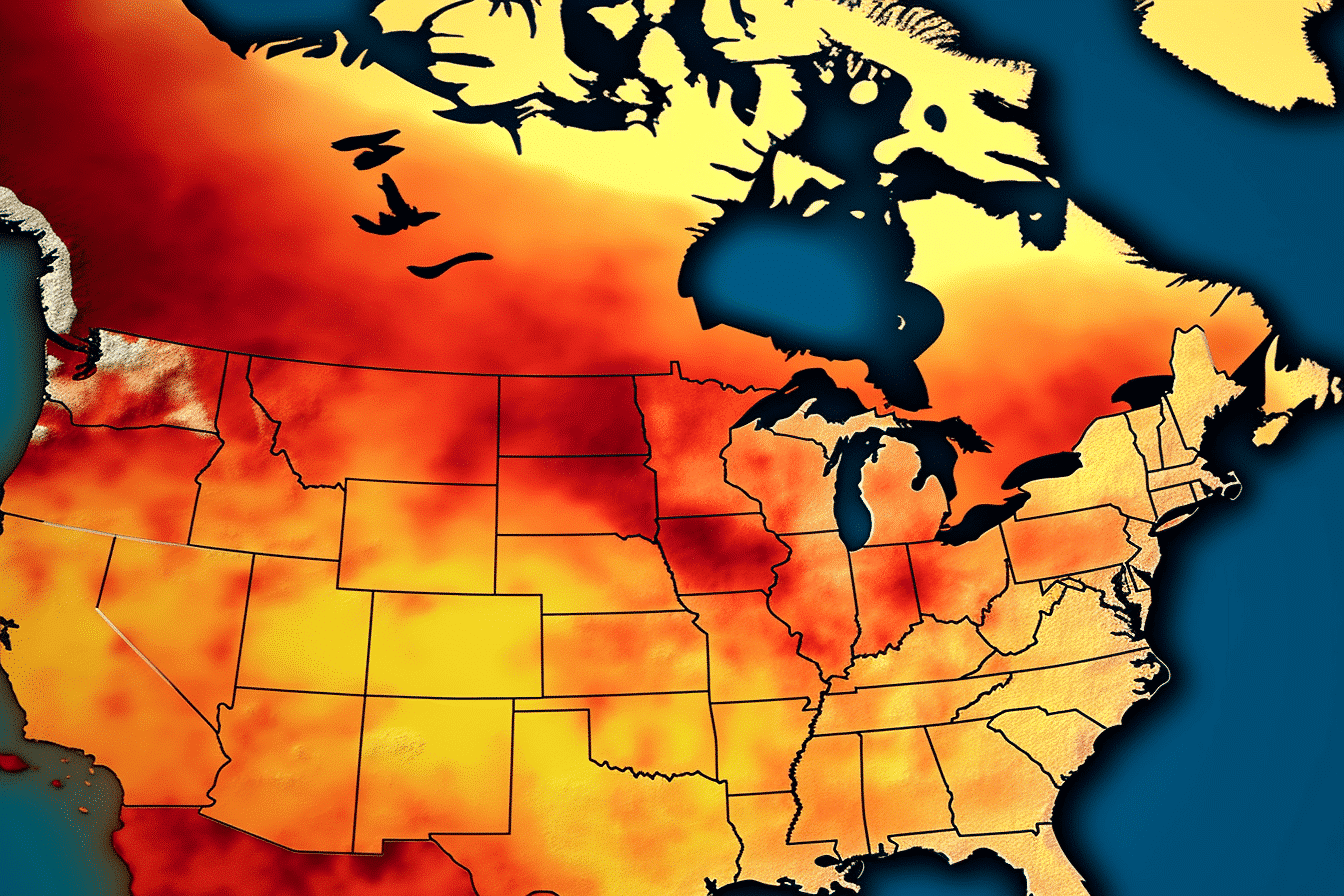Searing Temperatures Across Provinces
The oppressive heatwave gripping parts of Ontario and Quebec shows no signs of letting up. Forecasters predict it will feel like a scorching 40 degrees across these areas, significantly raising concerns for health-related risks associated with such extreme temperatures.
Environment Canada, the country’s national weather agency, forecasts temperatures reaching a blistering peak in the low 30s, with a humidex—a measure that combines temperature and humidity—around 40. This heat intensity, far above the usual summer warmth, increases the risk of heat-related illnesses, including heat stroke and heat exhaustion.
Minimal Overnight Relief and Extended Pool Hours
While nights usually provide a respite from the day’s heat, the current heatwave offers little comfort. Overnight temperatures are stubbornly hovering around 20 degrees, maintaining persistent stuffiness that is difficult to escape.
In response to these unbearable conditions, Toronto has moved to extend the operating hours of outdoor pools. Seven locations will remain open, providing city dwellers with an extended opportunity to cool down.
Expectations of Cooler Conditions
Parts of northern Ontario are set to catch a break, with forecasts predicting more excellent conditions by Thursday. However, the rest of the province and Quebec will have to endure the torrid weather until Friday, when the heat wave is expected to pass.
Impacts on Air Quality
Adding to the growing list of concerns, the hot and humid air is causing a marked deterioration in air quality. The increased heat often exacerbates air pollution, making it more challenging for those with respiratory issues and improving the general public’s health risk.
As the heatwave continues its oppressive reign over Ontario and Quebec, residents are urged to stay hydrated, avoid prolonged exposure to the sun, and seek air-conditioned shelters whenever possible. The combined efforts of individuals and public services are essential to mitigate the impacts of these extreme conditions.




